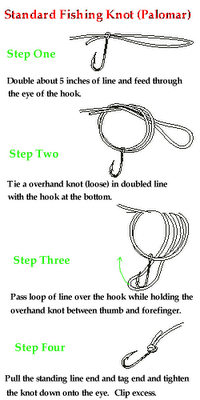Fishing For Largemouth Bass

Micropterus salmoidesThe Official State of Florida Freshwater Fish is the Largemouth Bass species called Micropterus salmoides floridanus.
The species known as Black Bass include two of the most sought after sporting fish in North America….The Smallmouth and the Largemouth Bass.
The Largemouth got its name because its upper jaw extends to behind its eye. Its coloring ranges from a dark or black back to green or olive-colored sides to a light belly. It has an uneven line of dark spots or bars that extend along its flanks to its tail. The spiny first dorsal fin is highest midway along its length and almost separated (forming a notch) from its soft second dorsal.
Largemouth Bass range from Minnesota to Quebec and south to the Gulf of Mexico. Originally a species of the southeastern US, it has been widely introduced elsewhere.
The northern largemouth seldom exceeds 10 pounds but the southern largemouth can exceed 20 pounds in weight. The IGFA all tackle record is 22 pounds 4 ounces caught in Georgia. Florida’s certified state record is 17.27 pounds.
Black Bass are the most sought after freshwater fish because of their wide range and their aggressive bone jarring strikes and the strength they exhibit during the fight. Being active predators they feed on a large variety of creatures and can be tempted to strike at practically any kind of bait or lure, either natural or artificial. Artificials could include plastic worms and grubs, spoons, spinners, crank baits and plugs. For bait fishing you could use worms, crayfish, leeches or minnows. The fly fisherman could use a variety of artificials such as bugs, streamers, poppers and bucktails.
Tackle for fishing with lures could include a 5-1/2’ to 7 ‘ spinning or baitcasting rod and reel with 6 to 12 pound monofilament. Fly fishing tackle could include a 7’ to 9’ bass fly rod with fast taper fitted with a fly reel fitted with a #7 to #9 floating line and a 6 to 8 pound leader.
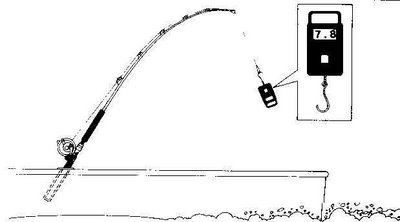
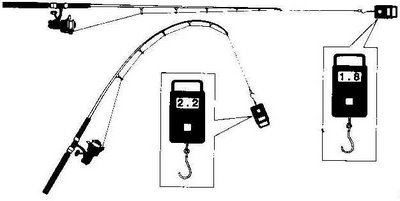

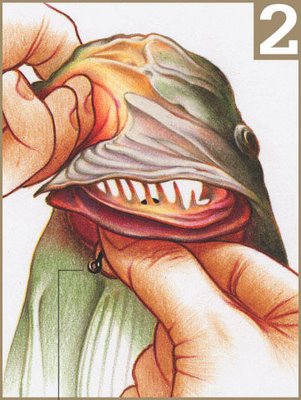
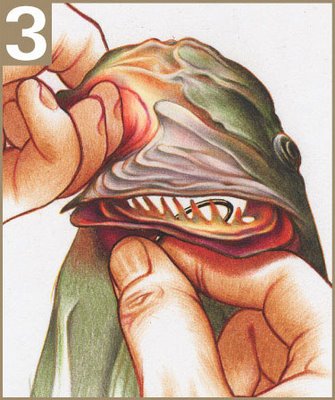

 This is a great thing to know. I found this info on infisherman a very informative fishing site.
This is a great thing to know. I found this info on infisherman a very informative fishing site.
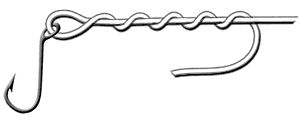

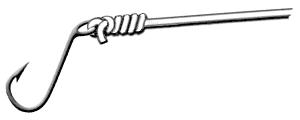



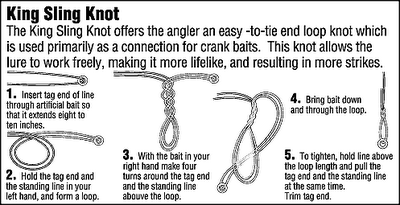






 3. Thread the tag end back between the eye and the coils as shown. Always wet the knot!
3. Thread the tag end back between the eye and the coils as shown. Always wet the knot! 4. Pull up tight and trim the tag end.
4. Pull up tight and trim the tag end.